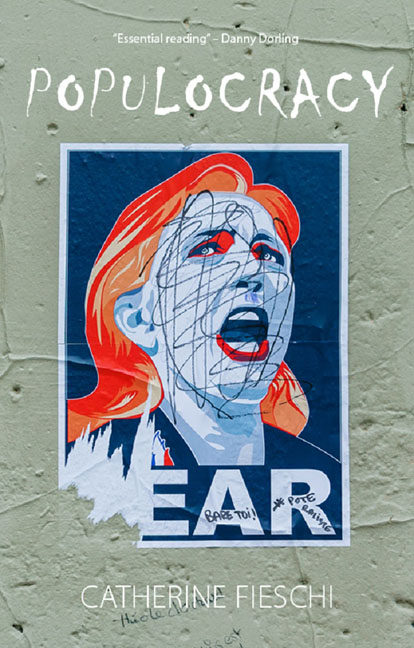Book contents
- Frontmatter
- Contents
- Dedication
- Acknowledgements
- Introduction
- 1 What is it about populism?
- 2 The ideas that matter, or populism as jiu-jitsu politics
- 3 The prototype: France
- 4 Populism goes global: the Netherlands
- 5 Populism’s poster child? Italy
- 6 The UK and the absolute populist fantasy: taking back control
- 7 Populism and the new political subject
- Conclusion: jiu-jitsu politics
- References
- Index
2 - The ideas that matter, or populism as jiu-jitsu politics
Published online by Cambridge University Press: 16 August 2023
- Frontmatter
- Contents
- Dedication
- Acknowledgements
- Introduction
- 1 What is it about populism?
- 2 The ideas that matter, or populism as jiu-jitsu politics
- 3 The prototype: France
- 4 Populism goes global: the Netherlands
- 5 Populism’s poster child? Italy
- 6 The UK and the absolute populist fantasy: taking back control
- 7 Populism and the new political subject
- Conclusion: jiu-jitsu politics
- References
- Index
Summary
One way of understanding how we find ourselves in this political moment is to understand better the ideas that make up populism. What is it that populist politicians say, believe, claim to believe, value, promise, that seems so convincing in the context we are in? At a time when political choices can seem increasingly volatile and polarized, a deeper understanding of which “packages of ideas” move people to action is crucial. And ideologies are just that: the link between ideas and mobilization of any type, whether casting a ballot, taking to the streets, staging a rally, writing a manifesto, or creating a hashtag.
Looking at the ideas that make up populism, and how these hang together as an ideology, can serve as a lens through which to track populism over time: if we can identify these key ideas and how these become more or less prominent – in relation to how they are being used and defined by political parties, movements and leaders – then we can start to tell populism from everything else because we will have a better idea of its boundaries. We can also track how it has evolved in different places and over time, and from what kind of “oxygen” it has benefited to become defining of our political era. But, equally importantly, we can track some of our own transformations as citizens and explain why we have become so susceptible to it.
Why thinking about ideologies helps
There are some clear advantages to treating populism as an ideology, as a set of ideas and the ideals that hang together as a blueprint for political action. The main advantage is that it forces observers to see it as more than a sum of its parts; it gives it some coherence and direction. In a word, it allows us to deal with populism as a political project (outlined by some and acquiesced to by others) rather than just “a development” or a symptom.
Because they help mobilize people, ideologies are more than just political thought: they contain a recommended, normative course of action.
- Type
- Chapter
- Information
- PopulocracyThe Tyranny of Authenticity and the Rise of Populism, pp. 23 - 42Publisher: Agenda PublishingPrint publication year: 2019

